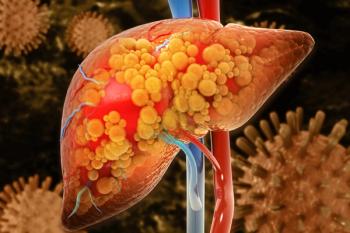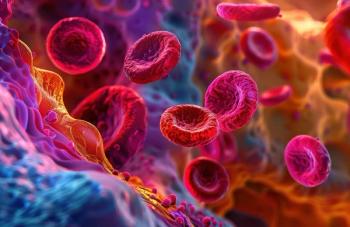
Study Details Impacts of Mask, Disinfectant Use on Migraine Severity During COVID-19
Researchers in Turkey analyzed the impacts of mask and disinfectant use among patients with confirmed migraine diagnoses.
New study findings published in the
Previous research on COVID-19 and migraine has revealed initial lockdowns resulted in a decrease in headache frequency and severity for some patients, potentially due to the reduction of stressors experienced in everyday life. However, other authors have found the opposite in their work, noting the increased stress of the global health crisis worsened migraines for some patients.
Taking a different angle, the researchers in the current study sought to investigate how widespread use of personal protective equipment (PPE) and disinfectants within the scope of long-lasting pandemic restrictions impacted migraineurs.
A total of 310 migraineurs recruited from Ankara City Hospital in Turkey between May and July of 2021 were included in the survey-based study. “The complete lockdown was applied in the first 15 days of the patient admission period,” while “pandemic restrictions, including social distance and masks, were applied throughout Turkey in the study's remaining 2 and a half months,” authors wrote.
The majority of patients included (90.3%) were female and any patients with a migraine diagnosis of less than 2 years were excluded. Participants were categorized into migraine worsening (increase in any of migraine frequency, migraine days per month, migraine attack duration, or headache severity [n = 177; 57.1%]), stable (no or minimal change in any of these parameters [n = 96; 31%]) or improving (a decrease in at least one of these parameters [n = 37; 11.6%]) groups.
Analyses revealed:
- While the frequency of odor as a migraine trigger was higher in the worsening group compared with the stable and improving groups (P = .028 and P = .038), there was no difference between the stable and improving groups
- The frequency of disinfectant usage was significantly higher in the worsening group than the stable group (P = .011) but did not differ between the improving group and either worsening or stable groups
- The use of scalp contact masks and double masks was more common in the worsening group than in the stable (P = .035 and P = .007) and improving groups (P = .004 and P = .018), but there were no differences between the stable and improving groups
- While the duration of mask use per day was higher in the worsening group compared to the stable and improving groups (P = .001 and P = .027), there was no difference between the stable and improving groups
Furthermore, binary logistic regression analyses showed “mask type [scalp contact masks, double masks], duration of mask use, presence of allodynia, being a health worker, BDI [Beck Depression Inventory] score, and odor were determined as independent risk factors for migraine worsening in the pandemic period.”
Researchers noted the impacts of pandemic restrictions are different in different societies based largely on economic and socio-cultural factors and existing health systems.
Changes overtime can also take place, they added, citing an example of a study in Italy. In that analysis, “the authors stated that restrictions during the first wave of the pandemic led to a reduction in migraine attacks because of a reduction in stress. However, in the second study conducted by the same authors during the second wave, they found that the prolonged pandemic period increased stress and worsened migraines,” researchers said.
Future studies should further investigate the relationship between disinfectants and migraine, they noted, while a lack of regular migraine diaries kept by participants marks a limitation to the current analysis.
Based on the findings, migraineurs “should be directed to use optimal protection methods in terms of mask type, the number of masks, and disinfectant usage frequency, taking into account their working and social life conditions, rather than exaggerated protection methods,” authors wrote.
“Considering that the COVID-19 pandemic will continue to have an impact in the coming years, a personalized optimal protection approach may increase the quality of life and economic efficiency of migraine sufferers, who constitute a substantial patient population,” they concluded.
Reference
Yuksel H, Kenar SG, Gursoy GT, and Bektaş H. The impact of masks and disinfectants on migraine patients in the COVID-19 pandemic. J Clin Neurosci. Published online January 12, 2022. doi:10.1016/j.jocn.2022.01.006
Newsletter
Stay ahead of policy, cost, and value—subscribe to AJMC for expert insights at the intersection of clinical care and health economics.












































